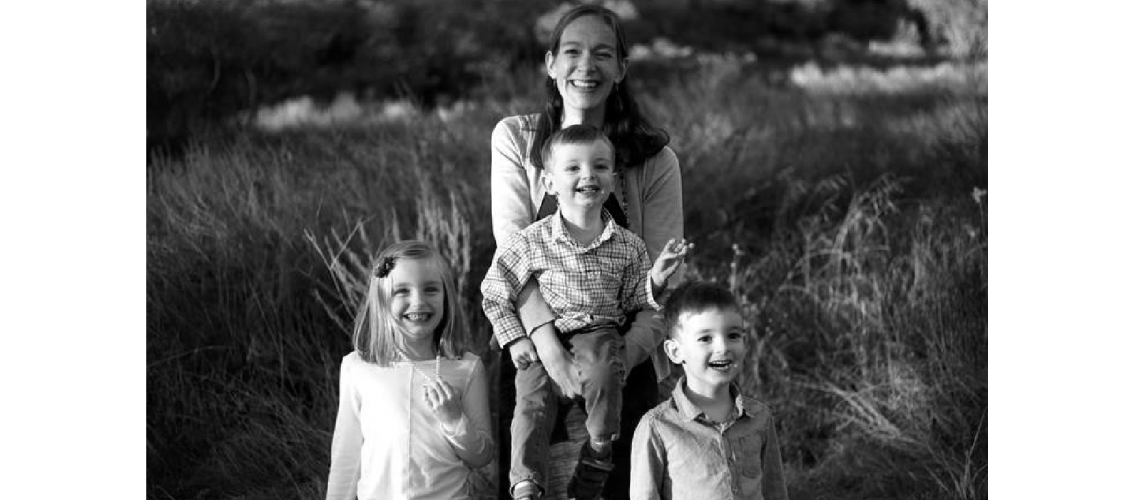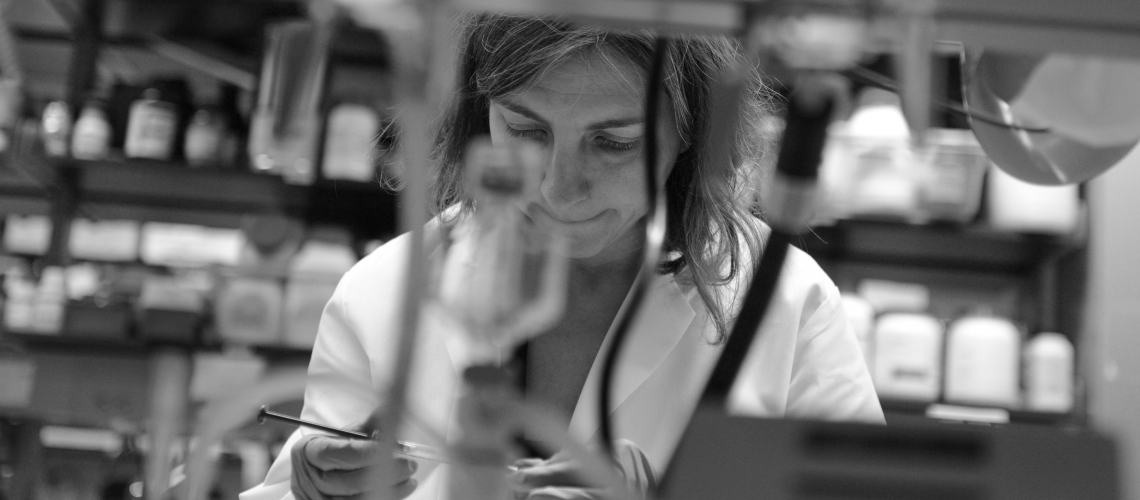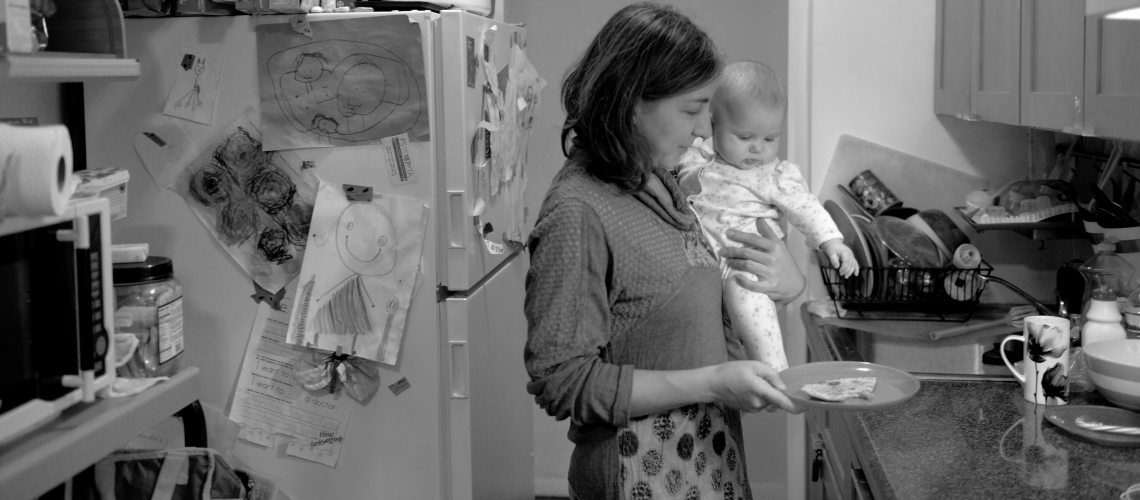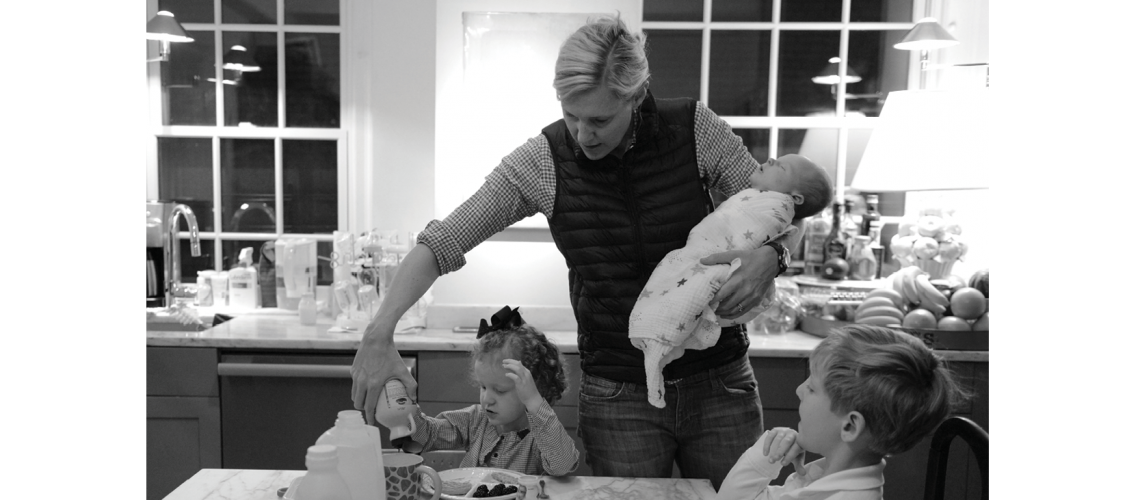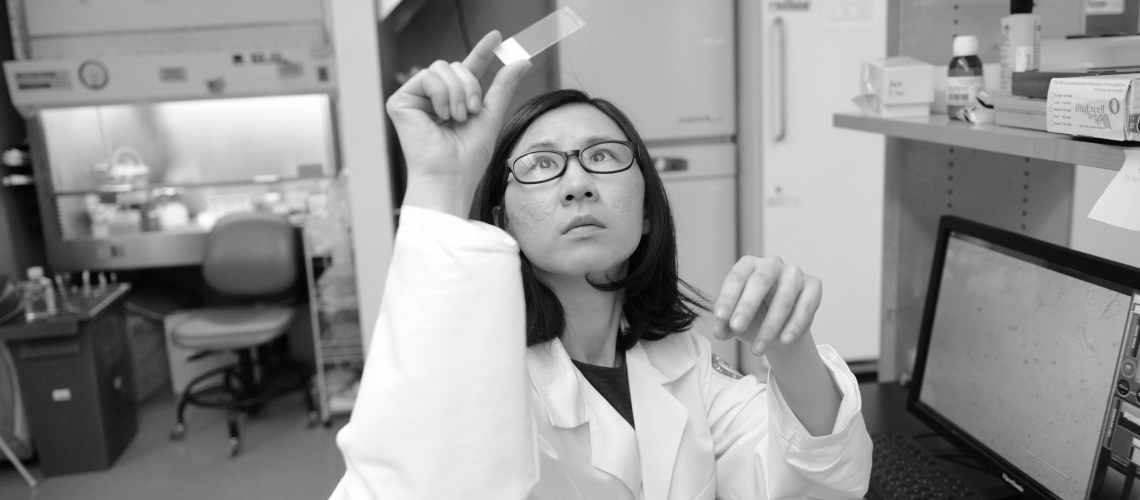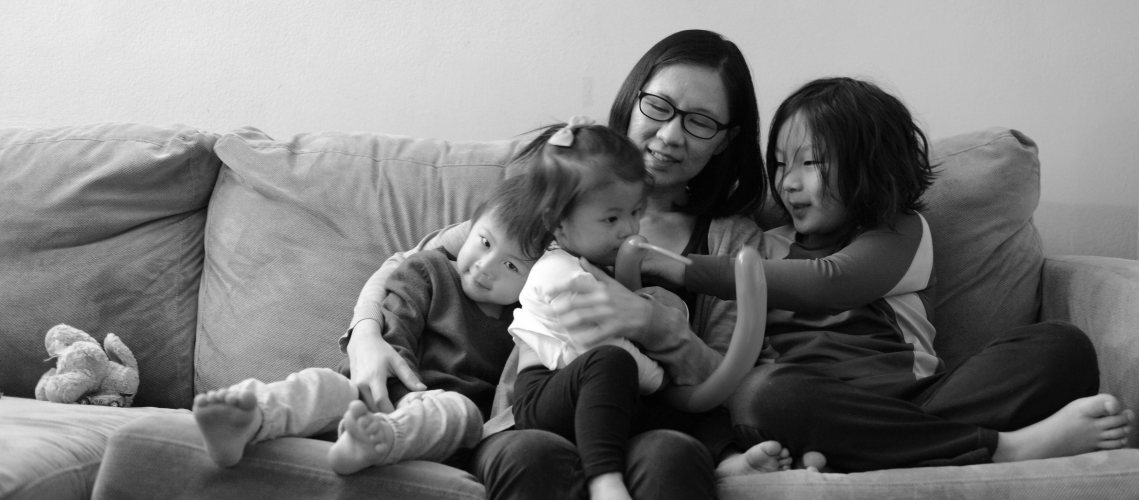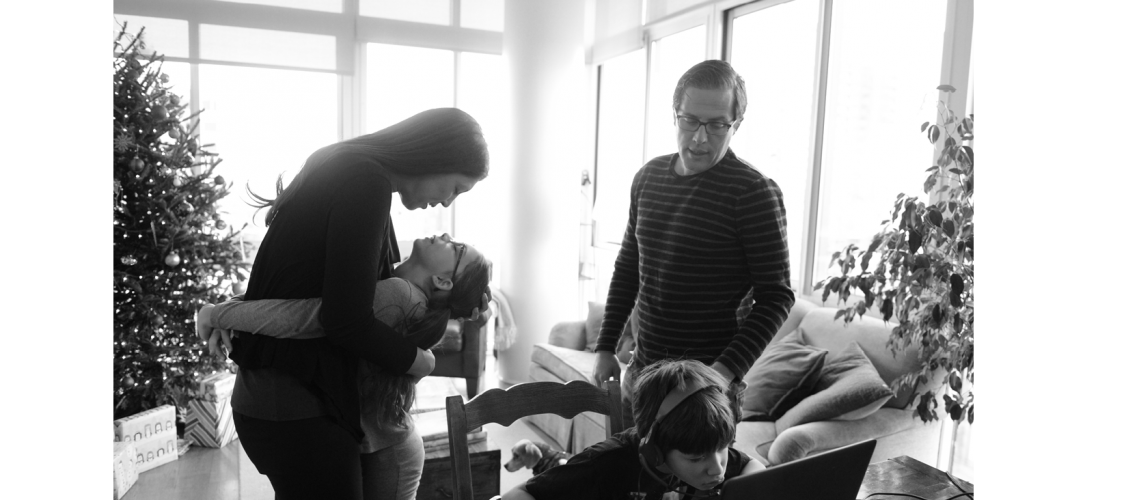Photos by Julia Xanthos Liddy
Introduction by Anne Machalinski
Photo caption interviews by Jordan Lite
A little over a year ago, Dr. Jennifer Downs, MD ’04, PhD ’11, made an exciting discovery while studying the relationship between a parasitic worm and HIV infection in sub-Saharan Africa. But Dr. Downs, an assistant professor of medicine in microbiology and immunology at Weill Cornell Medicine’s Center for Global Health, saw a snag. Despite having promising early data showing that HIV-infected people who carry the worm have greater concentrations of HIV in their blood, causing them to become sicker from AIDS more quickly — and to transmit the virus to others more easily — the necessary follow-up studies would require her to spend a good deal of time in her New York City lab, a full day’s travel away from where she and her husband are raising their three children in Mwanza, Tanzania.
Enter the Junior Faculty Fellowship Fund, a program established in 2015 with a $1.25 million gift from the Anna-Maria and Stephen Kellen Foundation. It provided Dr. Downs and four other exceptional female scientists — all of whom have primary child care responsibilities — $50,000 each for research expenses. Dr. Downs, 38, used that money to support her new line of research and hire a lab technician in New York, whom she oversees remotely. “It’s phenomenal,” says Dr. Downs, also the Friedman Family Research Scholar in Pediatric Infectious Diseases. “The Junior Faculty Fellowship grant was the perfect opportunity for me.”
Though junior male faculty are also eligible to apply, the grant was developed in direct response to the stark gender discrepancies that exist in senior positions in academic medicine and research. According to national figures from the Association of American Medical Colleges, the equal gender representation that’s present at the student and resident levels becomes more and more disparate in senior positions, with women only accounting for 24 percent of division chiefs, 15 percent of department chairs, and 16 percent of deans. Weill Cornell Medicine has a higher rate of female senior/ associate deans — 52 percent — but the remainder of its statistics are in line with the AAMC findings, or in some categories slightly better. “Something critical is happening between the early career, assistant professor level and the associate professor level that is disproportionately affecting women,” says Dr. Randi Silver, associate dean of the Weill Cornell Graduate School of Medical Sciences and professor of physiology and biophysics, who oversees the grant. The drop-off, she notes, is likely related to having and raising children, which can limit one’s ability to work long hours and pursue outside funding. “The grant is targeting junior faculty — especially women, who tend to be primary caregivers — at a crucial point,” Silver continues, “which makes this a unique and much-needed award.”
For the five physicians and scientists who received the award in its inaugural year, the funding ultimately provided them with time that they might not otherwise have had to publish and solidify their reputations at a moment in their careers when such exposure is critical. Dr. Downs notes that such support has allowed her to push back against the time crunch that squeezes working mothers, so she can be both an exceptional physician scientist and a great mom. “These are competing interests, and I’m always trying to achieve balance,” says Dr. Downs, who was in California when the photographs of her fellow grantees were taken in New York for this story. “It’s important for me to model for my children that women can be smart and accomplish things and have meaningful impact in their world.”
Silver also envisions that these awardees — along with the just-announced 2017 class of recipients — will model what life as a successful physician or scientist looks like to younger generations. “The hope is that we’ll be able to support a cadre of women and build a community who can act as mentors to the younger generations coming in,” she says. “It’s a win-win all around.”

